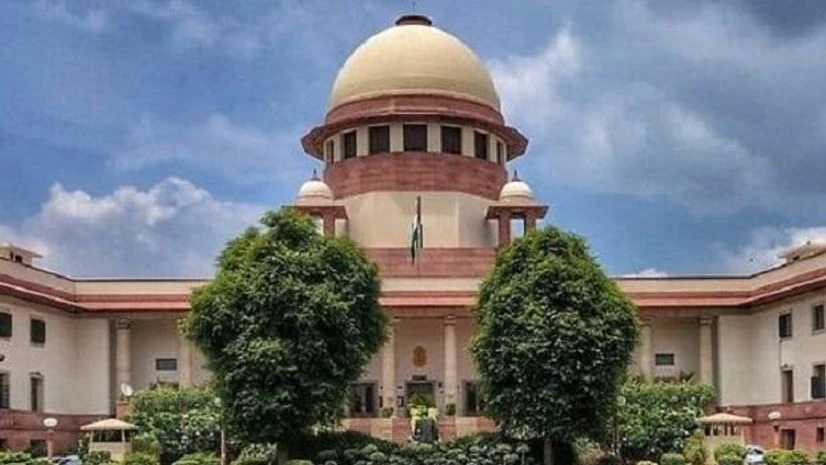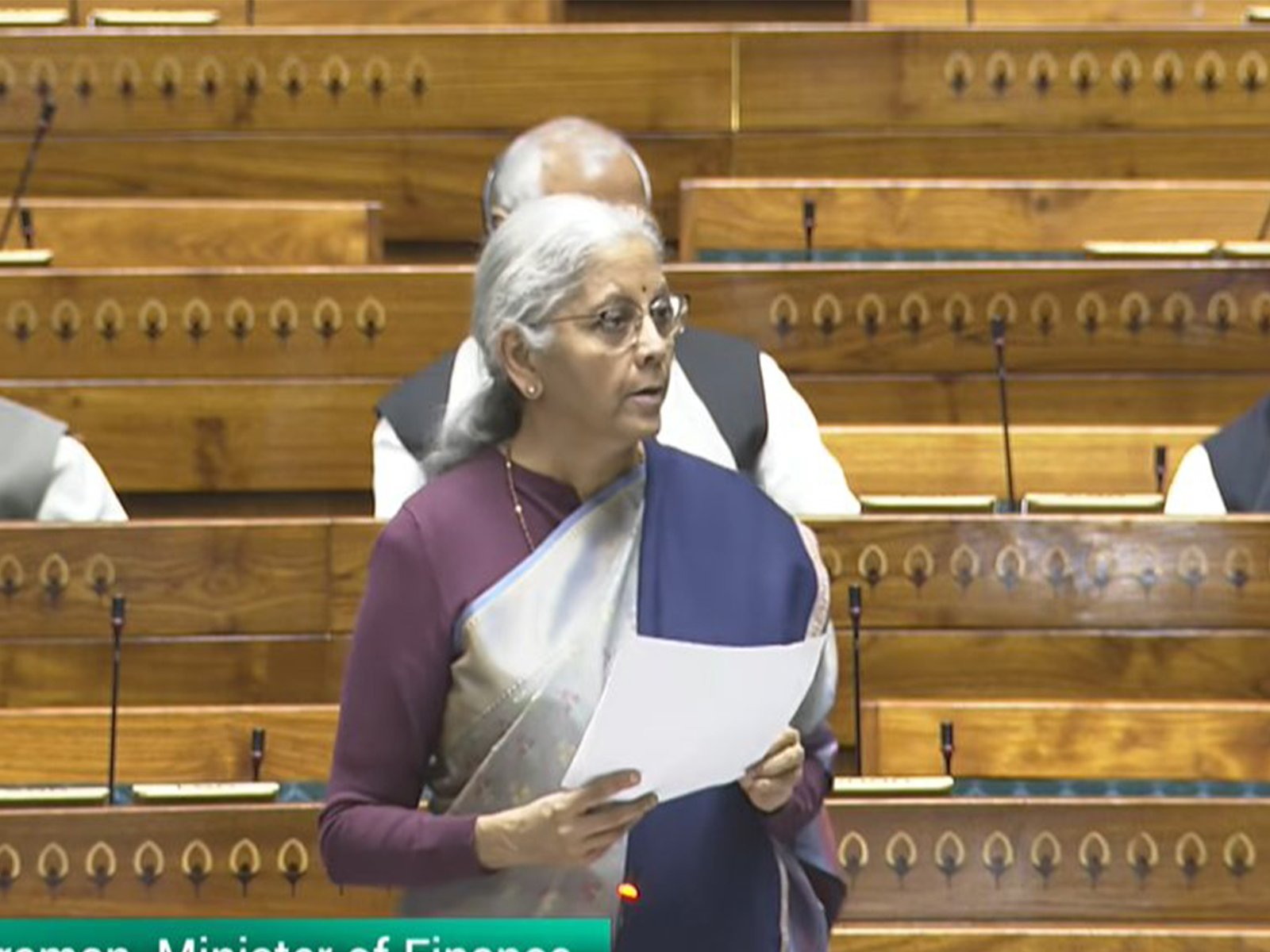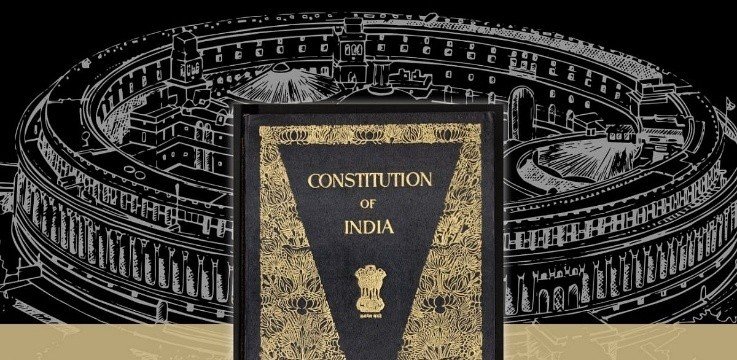Why in the News?
- The Supreme Court (SC) issued detailed directions to improve pedestrian safety, enforce helmet rules, and regulate road behaviour across India.
- The order came in response to rising road fatalities. India recorded over 7 lakh deaths in 2023, including more than 35,000 pedestrians.
- The directions mark a major step in recognising road safety as a fundamental part of public health and governance.
Key Highlights
- Background: Rising Road Fatalities
- According to the MoRTH’s 2023 report, 20.4% of total road accident deaths were pedestrians (double the share from 2016).
- Over 54,000 two-wheeler riders and passengers died due to not wearing helmets.
- These alarming figures led the SC to strengthen existing road safety measures.
- What are the Supreme Court’s Directions?
- Pedestrian Safety and Footpath Audit
- The Court ordered NHAI, State Governments, and Municipal Authorities to audit footpaths in the top 50 cities with over a million population.
- Priority should be given to crowded areas like markets, stations, and schools, especially where pedestrian deaths have occurred recently.
- Pedestrian Safety and Footpath Audit
- The audit must assess width, height, and surface quality of footpaths and suggest corrective steps.
- Compliance with Indian Roads Congress (IRC) Guidelines
- The Court endorsed IRC Guidelines for Pedestrian Safety (IRC 103-2022).
- These prescribe:
- Minimum footpath width of 4–6.5 metres,
- Anti-skid surfaces, ramps for wheelchairs, tactile pavers for the visually impaired, and
- Bollards to prevent illegal parking.
- Online Grievance Redressal System
- States must create an online system to report issues like encroachment, poor maintenance, or lack of pedestrian crossings.
- Helmet Enforcement
- Authorities must strictly enforce helmet laws for both drivers and pillion riders.
- Violations will be tracked using e-enforcement cameras, and details of challans and license suspensions must be reported to the Court.
- Wrong Lane Driving and Road Discipline
- Measures like automated cameras, rumble strips, tyre killers, and coloured lane markings must be introduced to stop wrong-lane driving.
- Real-time dashboards on lane violations should be created for public awareness.
- Control of Dazzling Headlights and Hooters
- MoRTH and traffic authorities must regulate maximum brightness of headlights and ban unauthorised red-blue lights and hooters.
- Strict drives, seizures, and penalties are to be carried out, along with nationwide awareness campaigns about their hazards.
- What Do States Have to Do Now?
- New Rules under Motor Vehicles Act
- Within six months, States and Union Territories must frame rules under:
- Section 138(1A) – for regulating non-motorised users like pedestrians and cyclists.
- Section 210D – for setting standards of road design, construction, and maintenance.
- Framing Additional Rules
- The SC also encouraged States to notify Rules under Section 135, mandating forensic investigation of road crashes to identify causes beyond driver error, such as faulty roads or poor vehicle design.
- Strengthening Implementation
- These rules will ensure a uniform framework for pedestrian safety, improved footpath design, and safer roads nationwide.
- Historical Background of the Case
- The case began in 2012, filed by S. Rajasekaran, an orthopaedic surgeon concerned about increasing road deaths.
- In 2014, the SC recognised road safety as a matter of public health and governance, not just traffic control.
- It formed the Supreme Court Committee on Road Safety (SCCoRS) chaired by Justice K.S. Radhakrishnan.
- The Committee worked on the “Four Es” of road safety — Enforcement, Engineering, Education, and Emergency Care.
- In 2017, the SC ordered all States to adopt Road Safety Policies, set up State and District Road Safety Committees, and establish Trauma Care Centres.
- Later, in 2024, the SC reviewed the Hit-and-Run Compensation Scheme, raising payouts to ₹2 lakh for deaths.
- In January 2025, the Court directed the rollout of cashless “Golden Hour” treatment for accident victims.
- Within six months, States and Union Territories must frame rules under:
- New Rules under Motor Vehicles Act
Key Terms
- Golden Hour: The first hour after a road accident when timely medical care can save lives.
- Indian Roads Congress (IRC): A technical body under MoRTH that sets road design and safety standards in India.
- Supreme Court Committee on Road Safety (SCCoRS): A committee formed in 2014 to monitor implementation of road safety measures nationwide.
- Four Es of Road Safety: A comprehensive framework — Enforcement, Engineering, Education, and Emergency Care.
- Hit-and-Run Compensation Scheme (2022): Provides ₹2 lakh compensation for death and ₹50,000 for grievous injuries in hit-and-run cases.
- Motor Vehicles Act, 1988: The primary legislation governing road transport, safety, and penalties for violations in India.
Implications for India
- Safer Roads: Pedestrian-friendly infrastructure will reduce accidents and deaths.
- Accountable Governance: State and local authorities will be directly responsible for maintaining safe public spaces.
- Data-Driven Enforcement: Use of technology (CCTV, online grievance systems) will make traffic rule enforcement more transparent.
- Health and Economic Benefits: Fewer accidents mean lower healthcare costs and economic losses.
- Public Awareness and Behavioural Change: Strict enforcement and campaigns will create a culture of road discipline.
Challenges and Way Forward
| Challenges | Way Forward |
| Poor implementation of past road safety orders. | Ensure strict timelines and regular SC monitoring. |
| Lack of funds and coordination between agencies. | Create dedicated road safety funds at state and local levels. |
| Encroached or poorly maintained footpaths. | Mandate periodic footpath audits with citizen participation. |
| Weak enforcement of helmet and lane rules. | Deploy AI-based e-surveillance and increase penalties. |
| Low public awareness about road safety. | Launch sustained nationwide campaigns in schools and media. |
Conclusion
The Supreme Court’s directions mark a major shift in India’s approach to road safety; from reactive to preventive. By focusing on pedestrian rights, better infrastructure, and strict enforcement, the judgment lays a strong foundation for safer mobility and shared responsibility among citizens and authorities alike.
| EnsureIAS Mains Question Q. “Safe mobility begins with protecting the most vulnerable road users.” Discuss how the Supreme Court’s recent directions aim to make Indian roads safer for pedestrians and other users. (250 Words) |
| EnsureIAS Prelims Question Q. Consider the following statements regarding Supreme Court’s directions on road safety (2025): 1. The Court endorsed the Indian Roads Congress (IRC) Guidelines for Pedestrian Safety. 2. States have been asked to frame rules under Section 138(1A) and Section 210D of the Motor Vehicles Act. 3. The directions apply only to National Highways. Which of the statements given above is/are correct? Answer: (a) 1 and 2 only Explanation: Statement 1 is correct: The SC endorsed IRC 103-2022 guidelines to ensure proper pedestrian infrastructure. Statement 2 is correct: States/UTs must frame rules under Sections 138(1A) and 210D within six months. Statement 3 is incorrect: The directions apply to all public roads, not just National Highways. |
Also Read | |
| UPSC Foundation Course | UPSC Daily Current Affairs |
| UPSC Monthly Magazine | CSAT Foundation Course |
| Free MCQs for UPSC Prelims | UPSC Test Series |
| ENSURE IAS NOTES | Our Booklist |





